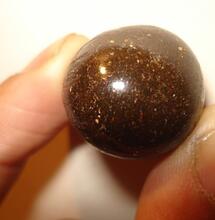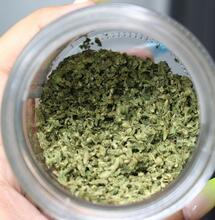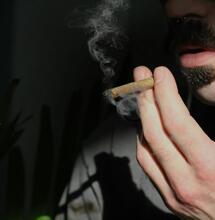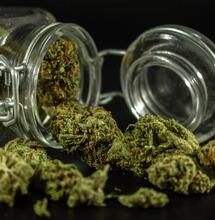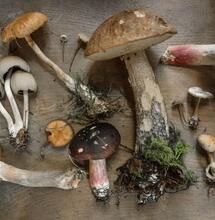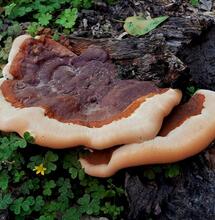Peyote: The Psychedelic of the Desert
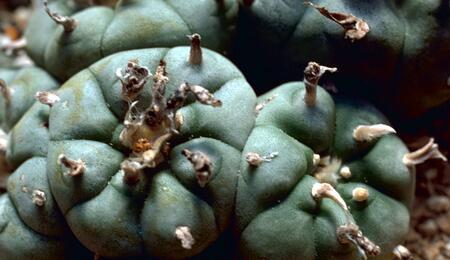
Scientifically known as Lophophora williamsii, peyote is a small hallucinogenic cactus that naturally grows in northern Mexico and parts of southern Texas. Peyote has been traditionally used among Native American populations, however, for the rest of the world, it's a Class 1 substance and illegal for personal recreational use.
Peyote is a rare psychedelic plant that one can find in the desert. It contains the naturally-occurring hallucinogenic mescaline. A full dose of this tough cactus can generate a high that lasts up to 12 hours.
The size of peyote can range from golf ball to softball, with the smaller ones usually said to be more potent. The psychedelic cactus is also known for its strong and bitter taste, which keeps it safe from animals.
Native Americans in central and northern Mexico have used the peyote for centuries. The main purpose for ingestion has been religious ceremonies. The desired effects include heightened awareness and augmented experience of the world.
Some of its purported medicinal uses include fever, wounds, and pain treatment. Still, clinical research is missing to back these therapeutic qualities. Parts of the cactus crown can be chewed or soaked in water to prepare tea.
The recreational use of peyote is still illegal under federal law in the US. Although, many users claim that it's very lightly regulated. Peyote's consumption for religious purposes is legal. Its use for observational, scientific, or journalistic intent is also legal if permitted by the DEA.
Many people have experimented with psychedelic drugs at least once in their life. More and more people are also trying stuff like peyote.
According to a YouGov survey from 2022, one in four Americans has at least once tried some of the seven most common psychedelics. Those include LSD, psilocybin (mushrooms), MDMA (ecstasy), ketamine, DMT, salvia, and mescaline (peyote).
LSD is the most commonly reported psychedelic, used by 14% of Americans. Psilocybin follows next, used by 13%. Nine percent of Americans claim they've used MDMA, while eight percent have used mescaline. At the bottom of the list are ketamine and DMT, used by 6%, and salvia by 5%.
The stories from those who've used peyote are pretty much wild. The full dose of this hallucinogenic is roughly 400 milligrams with a one to three percent mescaline content. For experienced users, this dose will generate a high lasting anywhere between eight and twelve hours.
Consuming the full dose means eating around 10 tiny "buttons" or slices of the inner peyote flesh, which is not the most pleasant experience so to speak. The taste is extremely bitter, while the texture resembles green pepper.
Other side effects, common with psychedelics, include intense dry mouth, mild anxiety, lethargy, and a lack of focus for a certain amount of time.
The ingestion of peyote enhances all emotions and sensations. So, feeling happy should become feeling even more happy. Or if you're cold, feeling more colder.
The effects of peyote dissolve after a couple of hours, depending on how much the person takes. Regardless of the relatively harmless side effects and potential therapeutic uses of peyote, this fruit of the desert is still considered a class 1 substance, and it's illegal to possess in most places.
There is some ongoing clinical research to see if psychedelics such as mescaline can be used to treat various mental health conditions, including severe depression, anxiety and PTSD.
